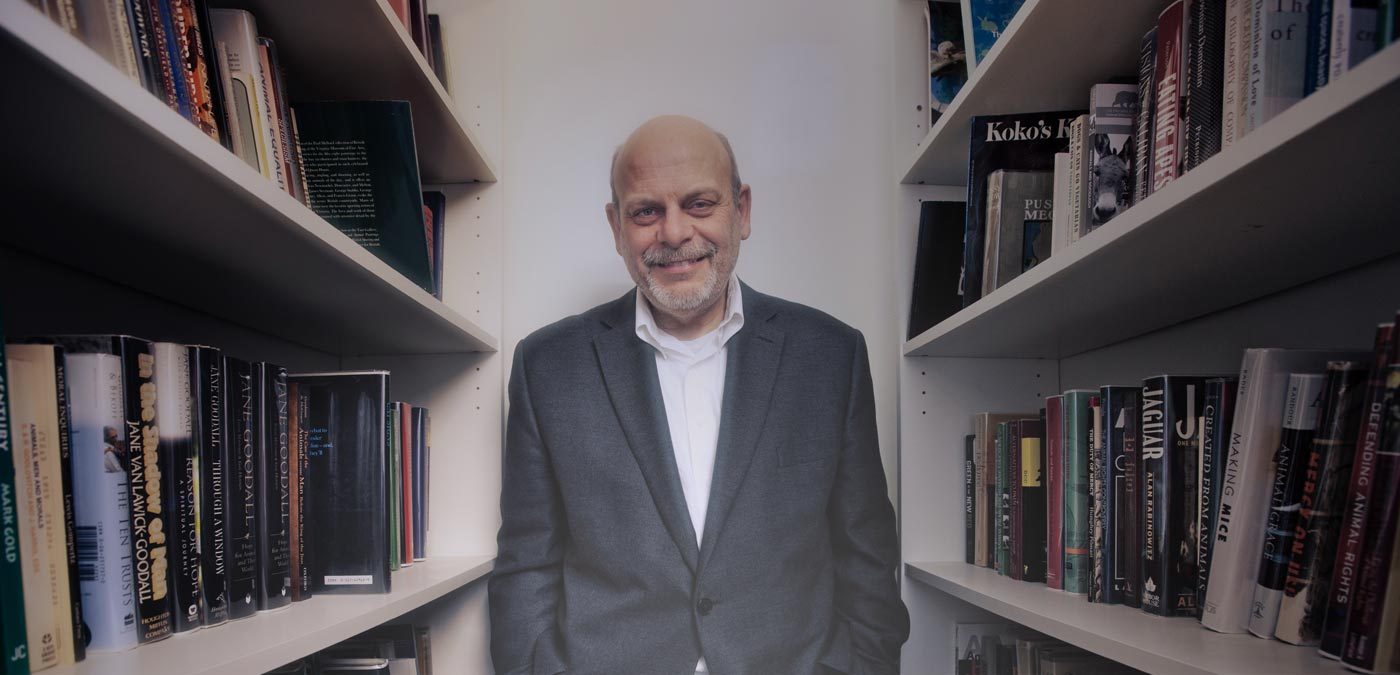Animal Pasts in London’s Landscape Today
On Saturday, September 29, I was lucky to be part of a walking group led by historian Hilda Kean which explored ‘Animal Pasts in London’s Landscape Today.’ As Hilda writes on her Web site,
Alongside our human ancestors animals have created the physical and cultural landscape of London as it exists today. In this walk of c. 2 hours we will look at traces left by cattle, horses, dogs and cats – and their human companions. Skirting the city, this walk will offer a different way of seeing London.
This video shows how we started at Smithfield Market. It began as a place where once live farmed animals were brought, bought, sold and killed to a meat market today. Hilda read out from Charles Dickens’s Oliver Twist,
It was market-morning. The ground was covered, nearly ankle-deep, with filth and mire; a thick steam, perpetually rising from the reeking bodies of the cattle, and mingling with the fog, which seemed to rest upon the chimney-tops, hung heavily yabove. All the pens in the centre of the large area, and as many temporary pens as could be crowded into the vacant space, were filled with sheep; tied up to posts by the gutter side were long lines of beasts and oxen, three or four deep.
Smithfield is on the borders of the City, whixh is a place of many histories. For example, St Bartholomew’s, the oldest hospital in London, was founded here by Rahere in 1123. It was a site of executions and Protestant martyrs were burnt to death, including William Wallace and Wat Tyler. The live trade in cattle from C12 to 1860s led ironically to the first legislation in the world to protect animals in 1822, when it became illegal to ‘wantonly and cruelly beat abuse, or ill treat any horse, mare, gelding, mule, ass, ox, cow , heifer, steer, sheep, or other cattle.’
On our way to Samuel Johnson’s house in Gough Square, Hilda pointed several key landmarks and buildings, which I will tease you with by saying, dear reader, you will need to join Hilda on a future tour to find out! Samuel Johnson, the famous essayist, lived in a house in Gough Square, between 1749 – 59, which was during the period when he published his famous dictionary. Dr Johnson opposed cruelty to animals, including vivisection which he defined as perpetrated ‘by a race of men that have practised tortures without pity.’ He also loved cats. One of them, Hodge, was described by Johnson as a ‘very fine cat, a very fine cat indeed.’ Here is a link to an extract of a videoI shot of Hilda telling us about Hodge.
Later on the walk, we saw another statue dedicated to a cat. This was Sam. Sam, who was a real cat who lived with Patricia Penn, and is now commemorated in sculpture by John Fuller in Queen Square. Penny, as she was known, was a local campaigner and active in the residents association. Penny and Sam lived nearby. Apparently when Penny wanted to reveal something or spread an idea, she’d say ‘Sam heard … or Sam has had an idea.’ We also visited another statue dedicated to a cat, Humphrey. Click on this linkto watch Hilda explain who Humphrey was.

I took this photo looking up to the door which horses were taken through. I am standing on the corridor leading down to the lower flower looking up at the front door. The cobbled steps, which were installed to help make it easier for the horses to walk, are clearly visible.
The last but one site we visited was what used to be the horse hospital but is now an art gallery on the lower floor and the contemporary wardrobe collection on the upper floor. The horse hospital is located at the rear of Russell Hotel in Herbrand Street and Colonnade. It was built by architect James Burton in 1797, who also built the Veterinary College in St Pancras and then redeveloped after 1860. Now a grade 11 listed arts centre, the interior still contains the moulded ramps and cobbled floor which enabled horses to walk from the bottom to be treated on the first floor. Apologies for this brief account of what was a fascinating two-hour plus walk through central London. Please visit Hilda’s Web site to learn more about her various projects in animal rights and other histories. Her book on the history of animal rights is also highly recommended. It is called ‘Animal Rights’ and is published by Reaktion. Please also check out this link. It is to a video of Hilda making a presentation at a recent conference of the International Society of Anthrozoology called, ‘The Changing Human-Feline Relationship in Britain c.1900-1950.’













